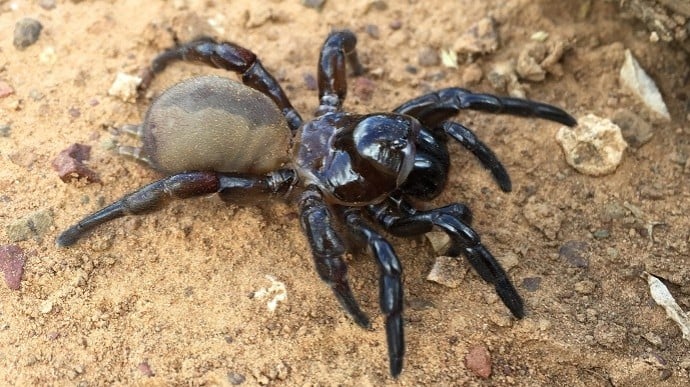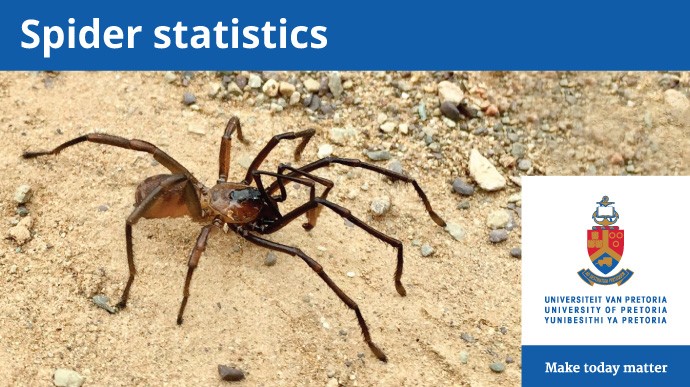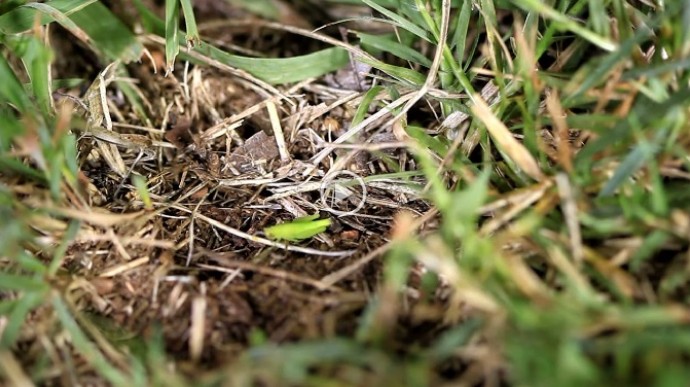The Herding for Health Project initiated by the Faculty of Veterinary Science at the University of Pretoria (UP) is a One Health, pro-poor, rural development project which aims to respond to pressing challenges at the livestock/wildlife interface.
The Kruger to Canyons Biosphere Reserve in South Africa is world-famous for its abundance of wildlife and natural beauty. In this natural wonderland however, pastoralist communities bear the burden of living so close to wildlife. Cattle farmers routinely suffer losses of livestock to predation by predators that cross the park fence boundary, and their animals are also at higher risk of contracting foot-and-mouth disease (FMD), which is spread from buffalo to cattle. Although FMD is not usually fatal in adult animals some may be left permanently lame, and the productivity of recovered animals may be reduced. The disease does not pose a risk to food safety or public health, but can spread quickly among cloven-hoofed animals, and is therefore difficult to control.
Areas where FMD commonly occurs in wildlife, or the risk of spread to livestock is high, are demarcated as 'FMD infected/protection zones', and livestock movement, including the transport of most meat products from cattle, is restricted within and between these areas. Unfortunately, these restrictions negatively impact market access for local cattle farmers and thus their ability to earn income from their livestock, while also contributing to rangeland degradation and significant losses of animals during periods of drought.
The Herding for Health Project initiated by the Faculty of Veterinary Science at the University of Pretoria (UP) is a One Health, pro-poor, rural development project which aims to respond to these and other pressing challenges. Herd monitors (with knowledge of primary animal health) and eco rangers (herders with training in environmental and livestock management) for example, work with scientists, local government departments, and communities to improve livestock production, while restoring degrading rangelands. In addition the Herding for Health partners also support local farming cooperatives to take advantage of economic opportunities and improve their livelihoods.
The Mnisi area situated in the Bushbuckridge Municipality of the Mpumalanga province was selected to pilot a project specifically aimed at providing opportunities for livestock sales to farmers in an FMD protection zone. The communities living here are surrounded by wildlife areas on three sides of their grazing lands, which puts them at especially high risk. The pilot project, also introduces a new design of mobile abattoir technology that will facilitate the safe and low-impact supply of red meat from livestock in an FMD-infected area.
The pilot area is within reach of the Skukuza abattoir, the only designated abattoir in the FMD-infected zone of South Africa from where meat can be transported outside of the control area should all veterinary requirements be met. The new mobile abattoir technology, together with the successful integration of commodity-based trade standards for the trade of beef from FMD-infected areas, will enable the sale of red meat products outside the controlled areas and thus provide a vital cash injection for local households that rely on livestock farming for their subsistence.
According to Dr Jacques van Rooyen from the Faculty's Hans Hoheisen Wildlife Research Platform this new addition to the project is becoming a benchmark of how science, development, policy, implementation and business need to come together to achieve what science proposes could work.
Click on the link provided to find out more about other One Health-related projects being pursued by researchers in the Faculty of Veterinary Science at UP, and see how they are changing things for the better at the interface of human, animal and environmental health.
See related photo on the right sidebar.
Dr Jacques van Rooyen
January 1, 2017
 Story
Story
Nine new trapdoor spider species have been discovered in the Great Karoo by researchers at the University of Pretoria’s (UP) Department of Zoology and Entomology, and the Agricultural Research Council (ARC).
 Infographic
Infographic
Trapdoor spiders hide in underground burrows that are covered with a cork-like lid made of soil, silk and plants. Learn more about trapdoor spiders with this infographic.
 Video
Video
Watch carefully to see how a trapdoor spider catches its prey through its trapdoor.
Copyright © University of Pretoria 2024. All rights reserved.
Get Social With Us
Download the UP Mobile App